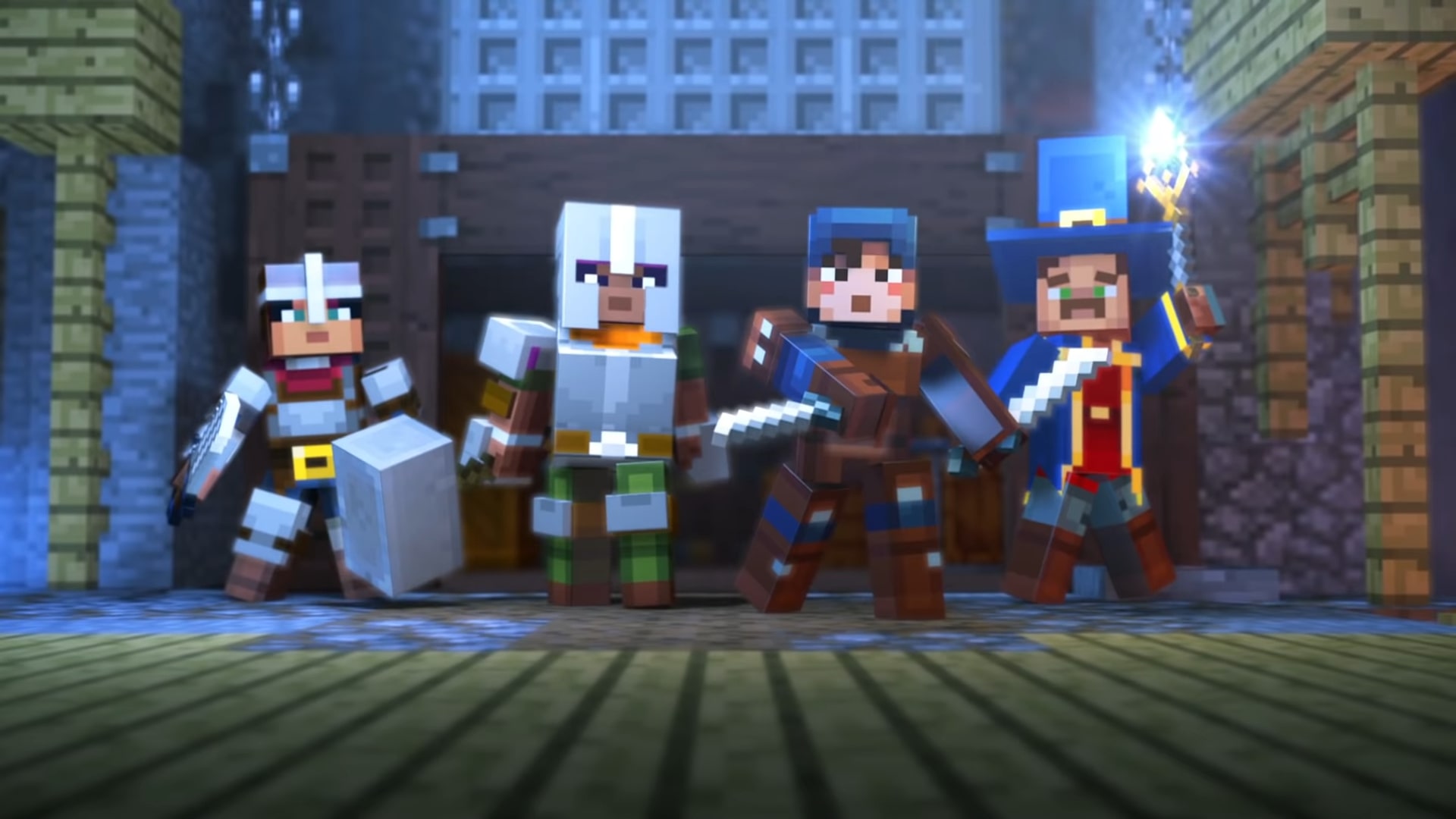Minecraft RTX is the easiest way to discover why ray-tracing matters
Playing Minecraft RTX is a ray-tracing revelation
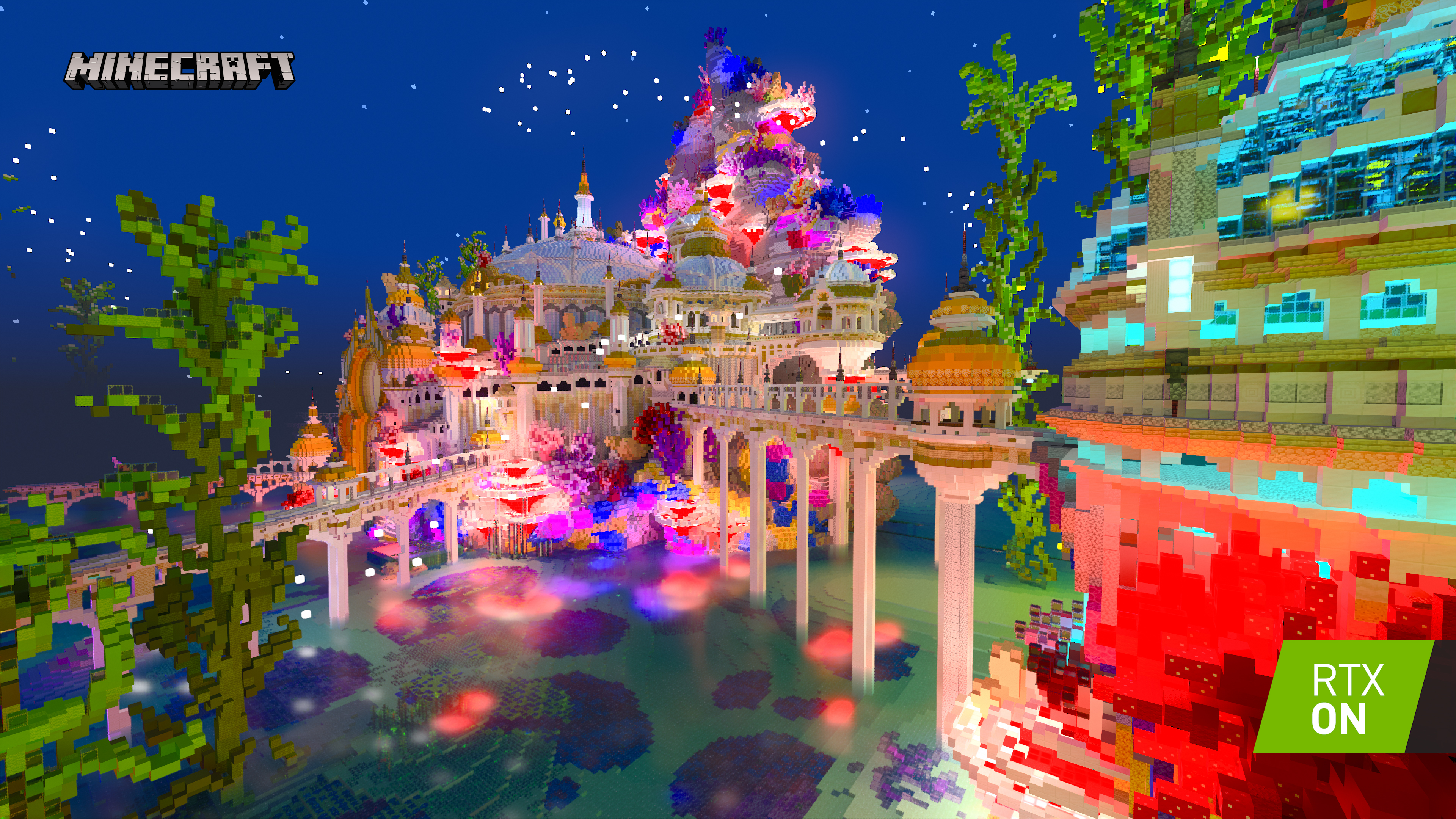
Ray-tracing is one of those next-gen buzzwords that's difficult to get excited about. It doesn't help, of course, that it sounds like something Captain Kirk would shout from the command chair of the USS Enterprise, when science fiction was all retrofuturist neologisms and abstract jargon.
Like that of virtual reality, ray-tracing is something that needs to be experienced in order to truly understand the appeal of it. It's a rendering technique that suddenly makes sense as soon as you try it out for yourself, which is much needed after years of scratching your head at every new article calling it a game-changer for the interactive medium.
And I should know. I've been hearing about ray-tracing for what seems like forever, and other than offering "improved lighting", I wasn't really sure what the fuss was about. Then Sony and Microsoft started using the feature as a calling card for its next gen consoles, the PS5 and Xbox Series X, leaving me wondering whether I had missed something about its significance for the world of video game graphics. It turns out I very much had.
Everybody loves ray-tracing
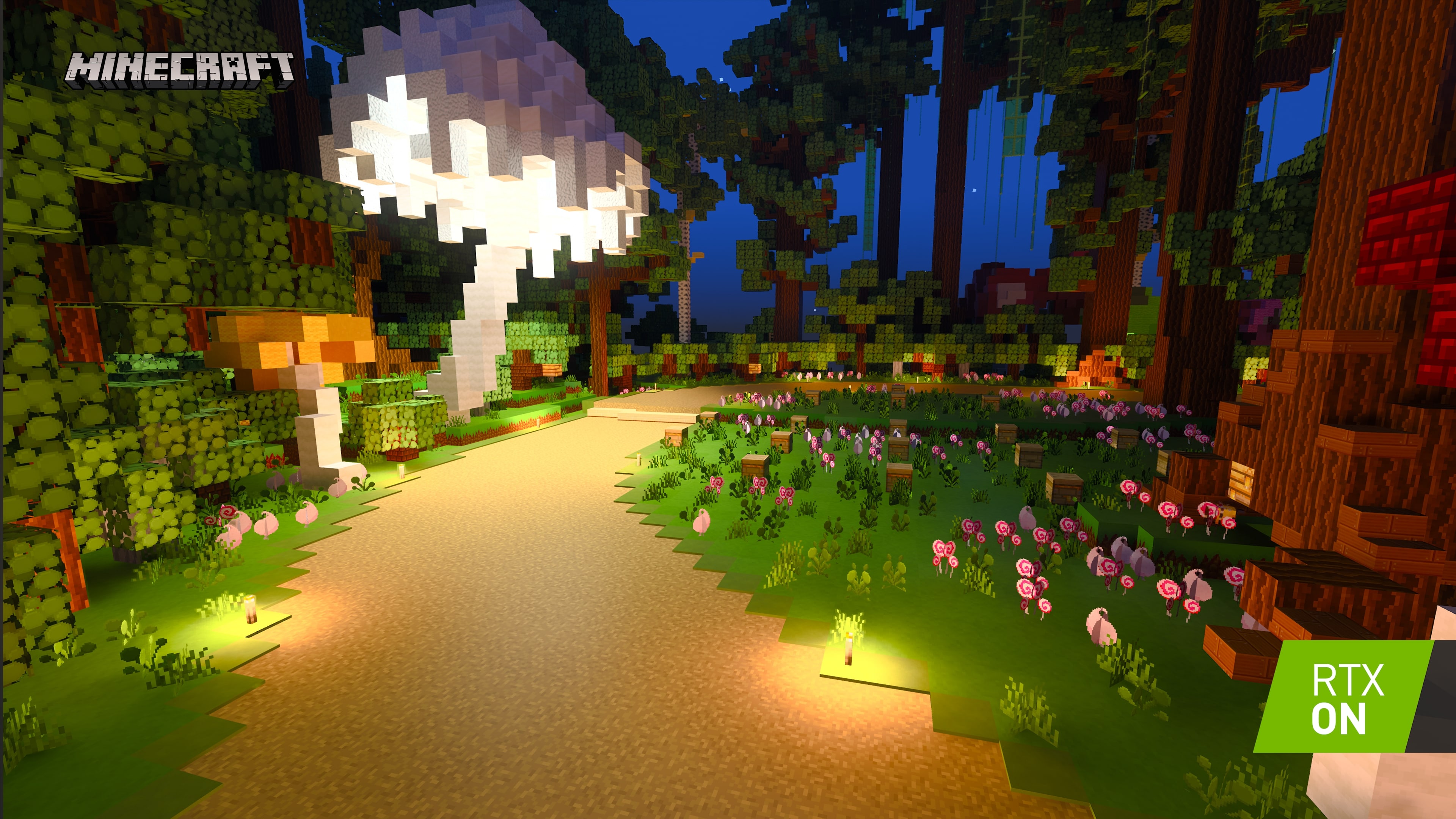
A common misconception is that ray-tracing is a feature for the future – i.e. something that's coming, and not quite here yet – but the technology is far more accessible than many might assume. Nvidia, for example, has been producing ray-tracing supported graphics cards for a while, with its GeForce RTX range now included in a number of high-end gaming PCs, or available to purchase separately to install within your existing system.
Several games to recently release on PC have supported ray-tracing as a result, from Call of Duty: Modern Warfare to Wolfenstein: Youngblood, but of all the titles available, it was Minecraft that finally converted me to the ray-tracing faithful. Yep, the game that offers the best showcase for one of the most cutting edge features of the next generation is a notoriously low-res survival crafting game that originally released as an experimental indie over a decade ago.
Minecraft's very design as a creation toolkit has made it ideal as a digital showroom for Nvidia to demonstrate the power of ray-tracing. The Minecraft RTX beta, free to download for anyone who owns a copy of the base game, is a veritable theme park of sights and spectacles, as Nvidia has worked with a number of immensely talented Minecraft creators to design worlds and hubs that showcase ray-tracing in all its visual glory.
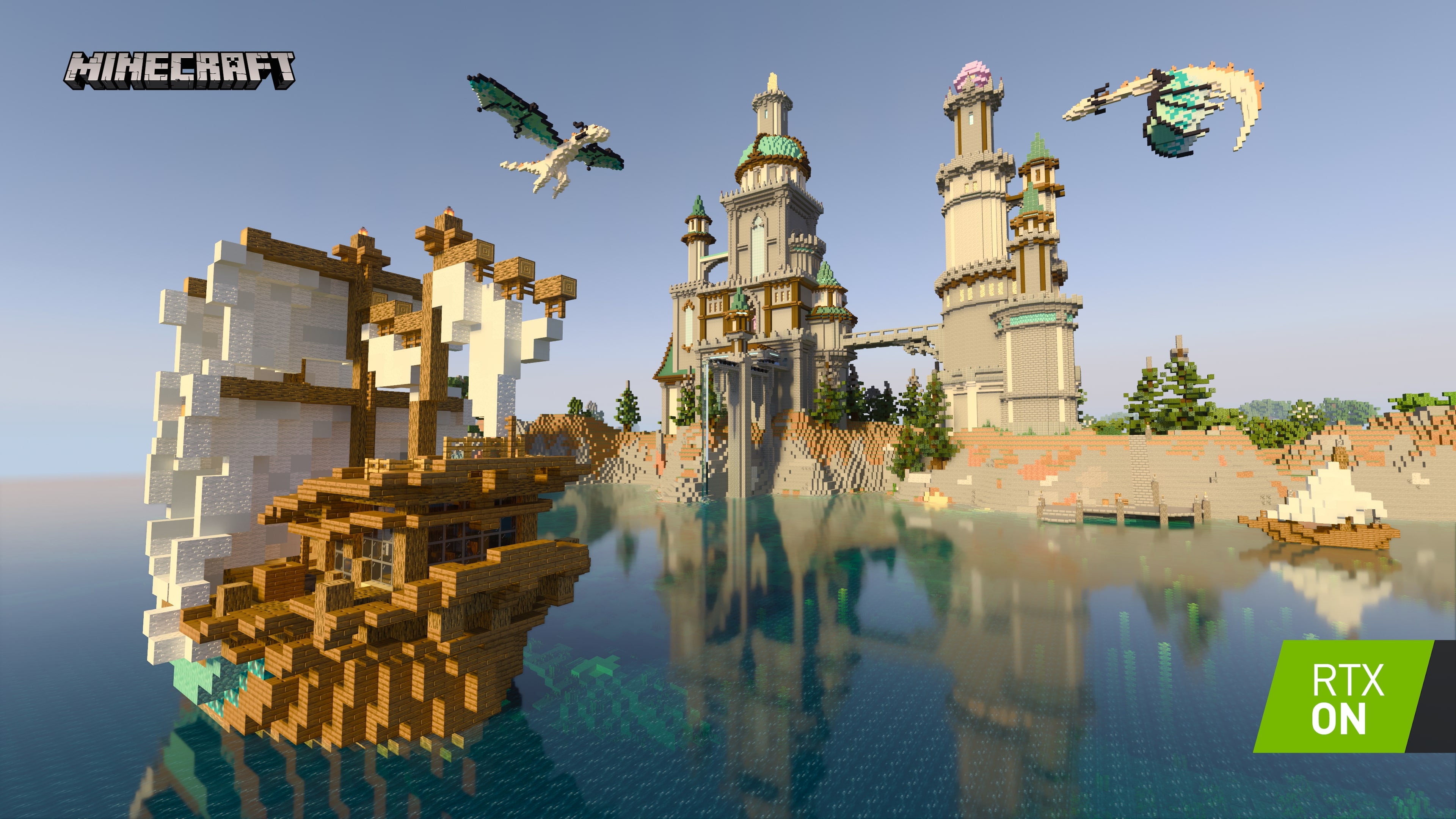
"Ray-tracing feels like we're finally on the last steps to recreating the science and magic of light in real-time"
Aquatic Adventure, for example, is an oceanic paradise built by Dr_Bond that beautifully highlights how real time ray-tracing can drastically improve water effects, and the player's interaction with underwater environments. Another is the Color, Light and Shadow showcase from PearlescentMoon, which deploys tools such as infinity mirrors to demonstrate the scarily realistic fidelity of RTX's recursive reflection tech.
Sign up to the GamesRadar+ Newsletter
Weekly digests, tales from the communities you love, and more
There's dozens of these world packs available to download and explore, each one making their own wordless case for ray-tracing's existence, while also exemplifying the tech's perks beyond its immediate value as a new form of interactive eye candy. If ray-tracing is capable of inspiring some of the best work from esteemed members of the Minecraft modding community, for example, imagine what fully-resourced studios will be able to do with it for your next-gen blockbuster titles.
It also helps that Minecraft's inherently modest visual style gives ray-tracing the space and stage to really speak for itself. It's not fighting for attention amongst a host of other particle effects, shaders, and polygons, but instead painting new shapes on Mojang's minimalist canvas.
Block party
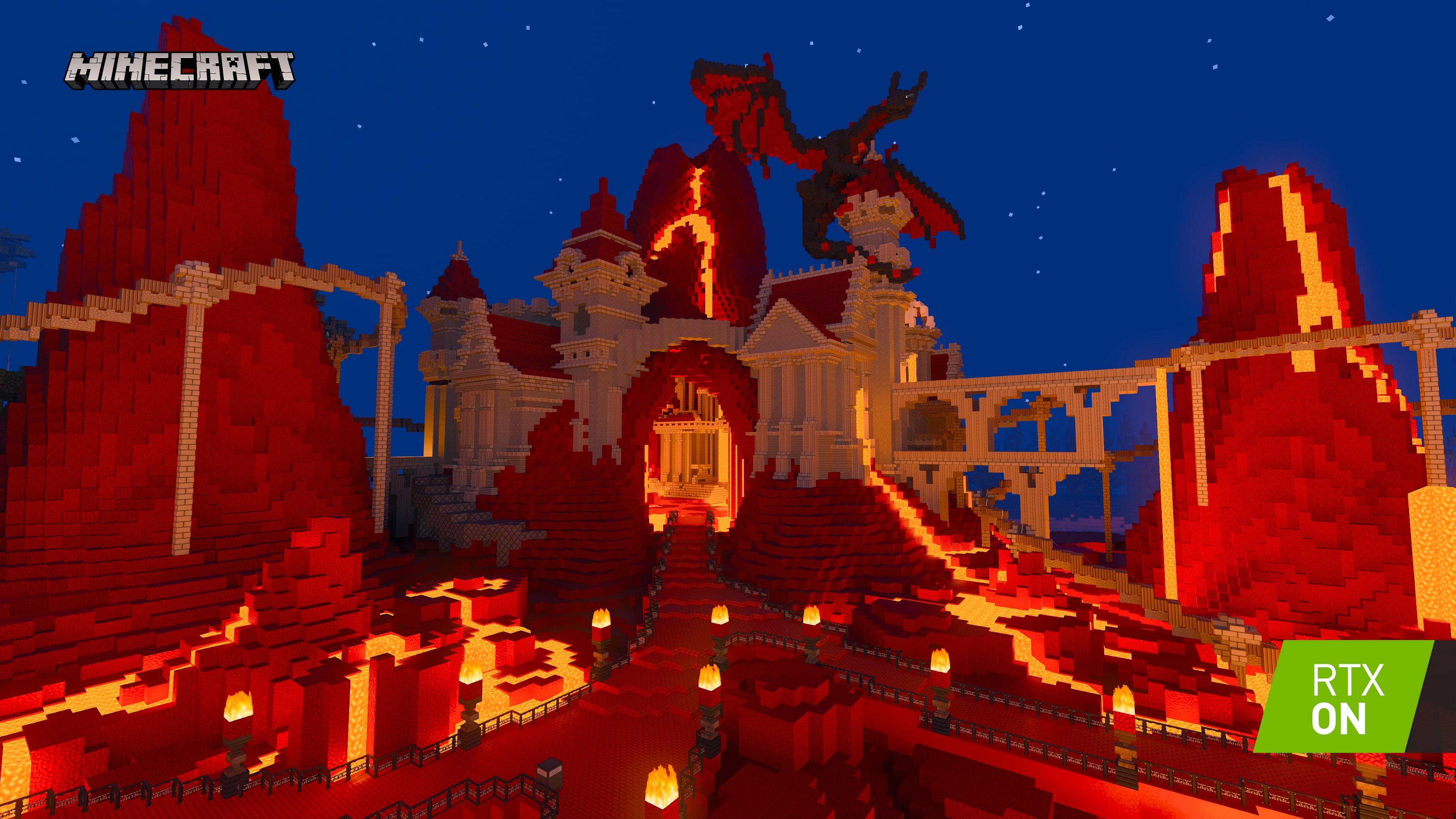
Again, I can't do justice to the effects of ray-tracing just by describing it, as the extent to which it enriches your relationship to the game world transcends the limitations of second-hand accounts. Nevertheless, by approximating the full spectrum of light in all its modulations, from the flickering glows of a firepit to the refracted shimmers bobbing gently on the ocean's surface, ray-tracing adds a new depth of field to Minecraft that reframed my entire perception of the space I was in.
It's an eye-opening insight into the behaviour and properties of light itself, not to mention the way in which our brains subconsciously decode reams of information from whatever image our eyes are receiving at any one time. Until now, video games have been able to emulate light on the surface level, deploying god rays and lens flare to conjure the illusion of reality. But ray-tracing feels like we're finally on the last steps to recreating the science and magic of light in real-time, and it's disarmingly astonishing.
That it took Minecraft for me to reach that conclusion is both a testament to the technology and the game itself, but I'm also now far more excited to see what AAA studios can do with this infrastructure for the next-generation of industry visuals. There's been lots of talk about how the graphical jump from this console cycle to the next won't be as drastic as the ones that have come before, but seeing ray-tracing for myself has made me second guess that assumption.
It's made me wonder if we're not going to be able to truly appreciate the PS5 and Xbox Series X's graphical fidelity until we get the chance to play the consoles for ourselves later this year, where this secret weapon of the next generation will be able to finally deliver on its potential.
For more, be sure to check out all the biggest upcoming games of 2020 on the way, or watch the trailer for Spider-Man: Miles Morales below.

I'm GamesRadar's Features Writer, which makes me responsible for gracing the internet with as many of my words as possible, including reviews, previews, interviews, and more. Lucky internet!
